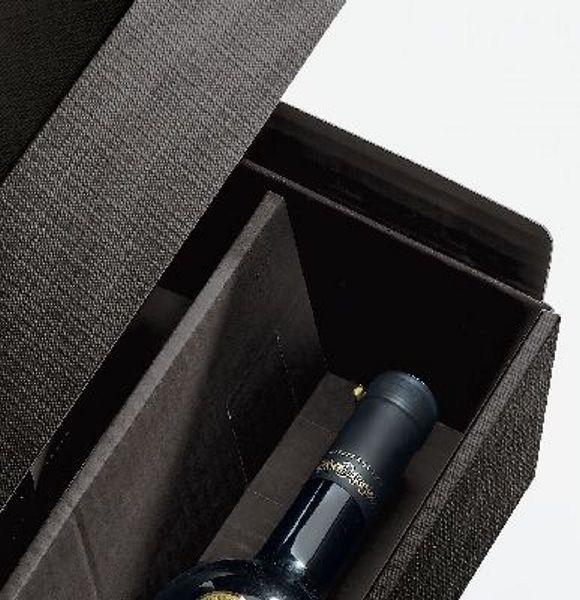Portugal: indigenous grape varieties and interesting wines
The Portuguese nation and people originate from the region of Porto in the north.
Portugal is rapidly developing as a leading wine producer but primarily keeps to its own indigenous grape varieties in a bid to distinguish itself from other wine-producing countries.
Portuguese wines are very simple to distinguish by their own character. Their intricate, unique character is perfectly suited for adventurous wine connoisseurs.
Portugal has, like its neighbour Spain, a long history in wine cultivating dating from before the Roman empires. The Portuguese equivalent of Spain’s strong sherry wines are the now world-famous port- and Madeira wines. Portugal also exports modern red and white wines, mainly from indigenous grape varieties. Some of these varieties have a Spanish origin. Their character has been altered by the change in cultivation location and practice.
Port – the name “porto” evolved to “port” in English as these strong wines were exported from the region of Porto in Northern Portugal. Port wines are strong and sweet, and can be stored for extended periods of time. Their style varies from fruity and purple (Ruby) to oxidised and nutty (Tawny) to anything in-between. Most ports are red wines though some white and rosé ports exist.
Madeira wines – Madeira wines are strong and sweet, comparable to Tawny. They are produced on the island of Madeira in the Atlantic Ocean near Portugal.
Red and white wines – Portugal also produces interesting red, white and rosé wines mainly from indigenous grape varieties. Most wine production techniques are comparable to those of other countries. Portugal is often associated with red wines, however, after port and madeira, the next most well-known Portuguese wines is a white wine from Vinho Verde. Vinho verde is an important green region of Northern Portugal. Countless rode, white and rosé wines are produced all over Portugal.
The most important regions of wine production in Portugal are from north to south
Vinho Verde – both a DOC as the name of the wine type. The “Vinho Verde” wine is a bright, green-tinted white wine with a soft sparkle and mild alcohol content. Vinho Verde is produced from many different white grapes. Other wine types are produced in the DOC Vinho Verde. One example is Alvarinho wine, made from the Alvarinho grape. The Alvarinho is related to the Albariño in Spain, just outside the border with Rias Baixas.
Porto & Douro – Porto is also a name of both a DOC as a type of wine. Port wines are produced from vineyards along the river Douro. These vineyards yield a variety of grapes, usually red, but often also white. Douro wines are not rarely blends.
Dão & Lafões - Dão e Lafões is a coastal area below the river Douro. Produces mostly red and a select few white wines.
Alentejo – Alentejo is located in the southern half of the country. The region produces many different kinds of wine.
Madeira – both the name of a DOC as a type of wine. Madeira is a small island in the Atlantic Ocecan renowned for its walking and hiking routes.


 Ordering per bottle possible
Ordering per bottle possible Low shipping cost
Low shipping cost 


